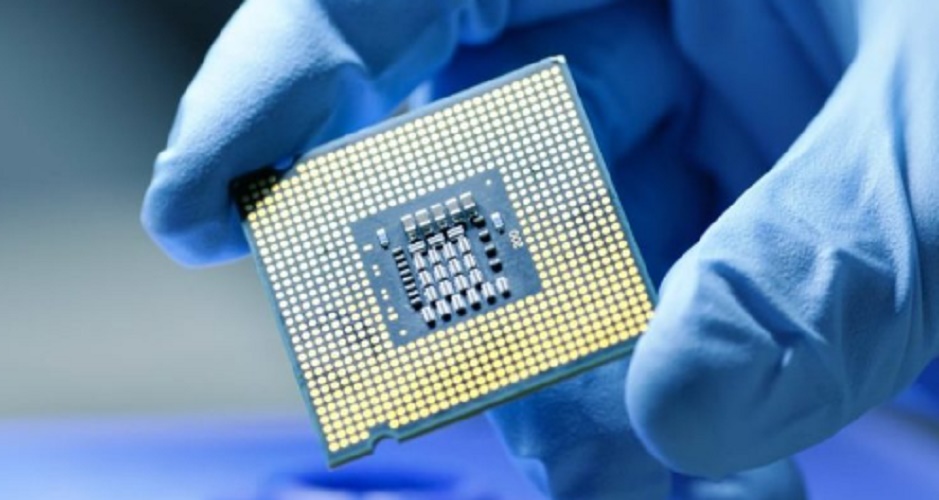Computer Generations
We explain what a generation in computing is, what are the generations so far and the characteristics of each one.
-
Computer Generations
In the history of computing , generations are talked about to refer to the various stages in the history of their technological evolution , as they became more complex, more powerful and, interestingly, more tiny. There are five generations of computers identified, although the sixth generation could be developing right now at the beginning of the 21st century.
-
First Generation of Computers

This is the initial generation, which extends from 1940 to 1952 . It begins with the invention of the first automatic calculation machines that we can begin to call “computer” properly. They were based on vacuum valve and tube electronics .
Many of these computers were programmed with a set of simple instructions that should be supplied to the system as punch cards of paper or cardboard.
One of the most famous models of this generation was the ENIAC of 1946 , which weighed several tons and consumed a few Kwatts with each simple operation of up to five thousand sums per second. Another important model was the Univac I of 1951, the first designed for commercial purposes.
-
Second Generation of Computers
It begins in 1956 and extends until 1964 . The change from the first to this second generation was represented by the replacement of the vacuum valves by transistors , making them much smaller and also reducing their electrical consumption. These were the first machines that had a specific language to program them , such as the famous FORTRAN.
One of the best known models of this generation was the IBM 1401 Mainframe . It was a bulky and expensive machine that still read punch cards, but it was so successful that 12,000 units were sold, a market success for the moment (1959).
On the other hand, the System / 360, also of IBM, was highlighted, of which 14,000 units were sold in 1968, belonging to a whole range of quite successful models for individual use.
-
Third Generation of Computers

From 1965 to 1971 , this third generation extends, which was determined by the invention of integrated circuits . This revolutionary technology allowed to increase the processing capacity of the machines, while reducing their manufacturing costs.
These circuits are printed on silicon pads, adding small transistors and using semiconductor technology. It was the first step towards the miniaturization of computers , in addition to being used in the manufacture of radios, televisions and other similar devices.
Some of the most popular models of this generation were the PDP-8 and PDP-11, which were exemplary in their handling of electricity, their multiprocessing capacity and their reliability and flexibility. With this generation of computers the number of pi (π) was calculated with 500 thousand decimals.
-
Fourth Computer Generation

The fourth generation was manufactured between 1972 and 1980 . The integration of the electronic components soon allowed the invention of the microprocessor , an integrated circuit that brings together all the fundamental elements of the machine and was renamed chip .
Thanks to the incorporation of chips, computers could diversify their logical-arithmetic functions and replace, for example, the memory of silicon rings with chip memory, taking another important step towards microcomputing.
This is how personal computers or PCs were born , a concept that still exists today. The first microprocessor of this generation was the Intel 4004, manufactured in 1971, initially for an electronic calculator. The popular computers of this generation were many, classified among PCs (IBM) and “clones” (from other companies).
-
Fifth Computer Generation

This generation is the most recent, started in 1983 and is still in force today. Computing was greatly diversified, made portable, lightweight and convenient . Thanks to the Internet, it expanded its use borders to limits never before suspected.
The laptops or laptops appeared, revolutionizing the market and imposing the idea that the computer no longer needs to be fixed in a room, but is an addition to our briefcases.
There was also a Japanese attempt to build an FGCS ( Fifth Generation Computer Systems ) that would be a new computer design strongly based on artificial intelligence. However, after eleven years of development, the project did not give the expected results.
However, never before has processing speed, versatility and comfort converged in the computer world until this recent generation.
-
Sixth Computer Generation
Technological research does not stop, and contemporary computers are being designed to employ neural learning circuits, artificial “brains.” In other words, it aims to create the first smart computers in history .
This would be possible using the technology of superconductors, to save enormously on electricity and heat , making highly effective and enormously powerful systems, 30 times more than what we currently have using common metals .
It is a technology still in development but has the potential to give birth to a sixth generation of computers.





